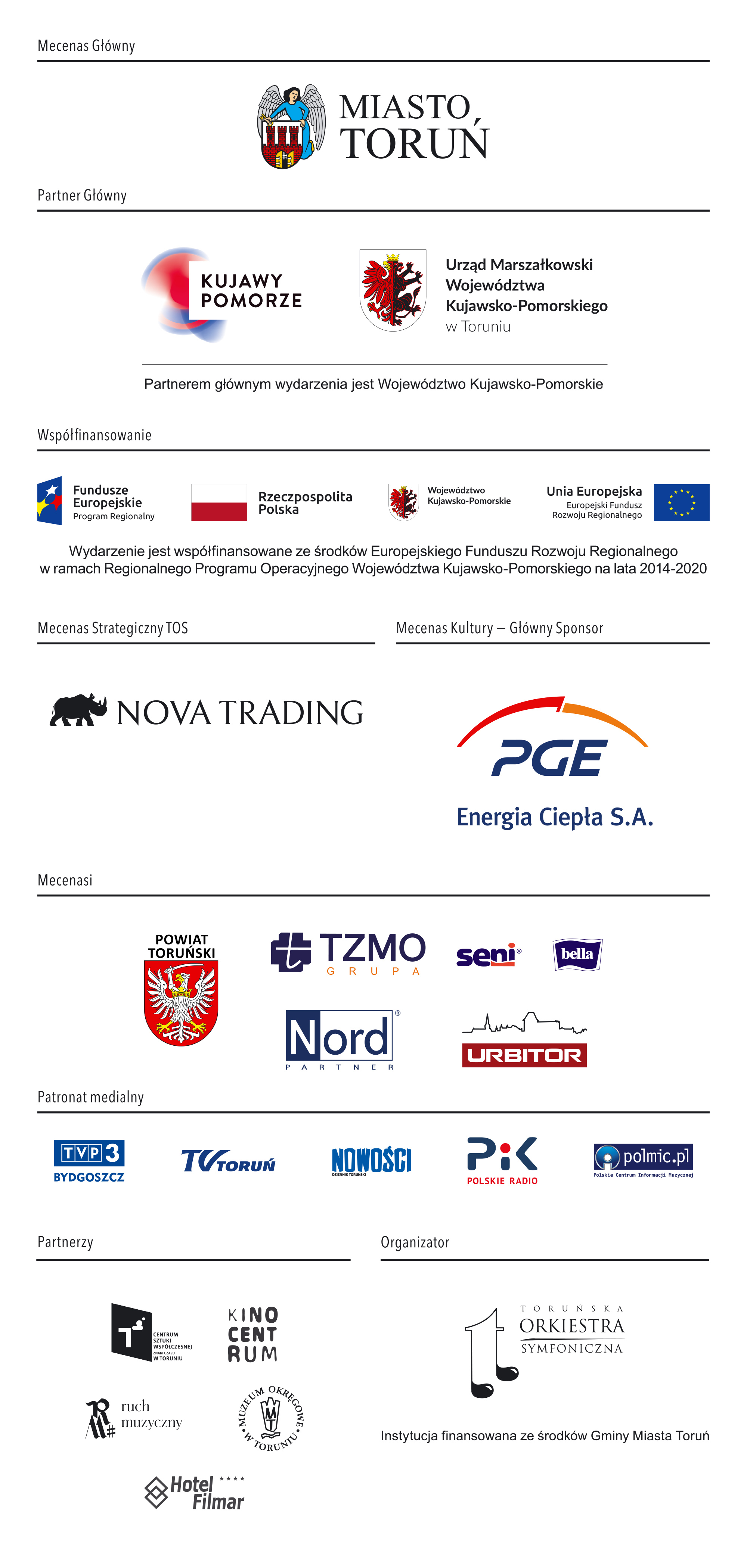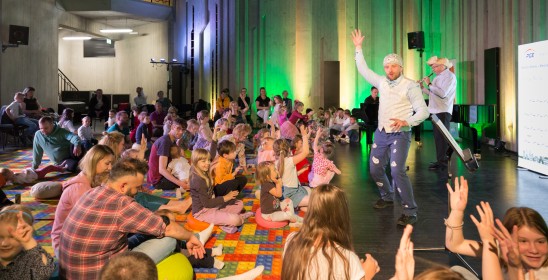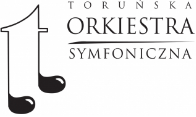In the Circles of Sibelius
A concert under the auspices of the Honorary Consul of Finland – Tadeusz Pająk
The concert will be held under 25th International Festival “Nova Music and Architecture” - Toruń, Kuyavian-Pomeranian 2021
Artists:
Tami Pohjola (Finland) – violin
Bartłomiej Wezner – piano
Gabriela Ułanowska - introduction
Programme:
J. Sibelius - Souvenir op. 79 nr 1
J. Sibelius - Humoresques op. 87 nr 1 i 2
C. Debussy - Sonate in G minor for violin and piano L. 140
L. van Beethoven - Sonate in C minor No. 7, Op. 30 No. 2
H. Wieniawski - Fantaisie brillante on themes from 'Faust' by Ch. Gounod Op. 20
Ludwig van Beethoven (1770-1827), although he created in the epoch of classicism, was a romantic, which is evident from his works, their form, content and expressiveness. Karen Horney wrote that some compositions of the master from Bonn had ‘neurotic emotionality’. Sonata in C minor op. 30 No. 2 (1802) represents this kind of emotionality, just like Beethoven’s other early compositions in C minor. This work is consistent with the idiom of Sturm und Drang (storm and drive) style, but the composer also develops it in his own individual way. This line of development will be continued by composers of the Romantic era. Especially the second movement of Sonata in C minor in the tempo Adagio cantabile would soon become an emblem of Romantic expressiveness: lyrical, cantilena-like, ethereal, bleak – it touches upon a mystery.
In England and America he was revered as the ‘new Beethoven’, in Germany and England he was rejected as a ‘master of kitsch’ – we are talking about Jean Sibelius (1865-1957). This great composer from a small country was a musical conservative; in his diary he noted: “not everyone is a genius of innovation”. May the following compositions serve as the confirmation of these words: Souvenir Op. 79 No. 1 and Humoresques Op. 87 Nos. 1 and 2. Humoresques op. 87 and 89 form a six-movement suite, divided into two opuses due to an editorial misunderstanding. The individual movements contrast in character and expressiveness.
Claude Debussy (1862-1918) wrote his Sonata in G minor for violin and piano L. 140 during the war. At the time he was suffering greatly from severe colon cancer. Against all odds, however, the work radiates an inner light that dispels the darkness of war turmoil, pain and death.
It was not only Sibelius that remained under the influence of French music. Enchanted by the brilliant style and the Faust motif, Henryk Wieniawski (1935-1880) composed Fantaise brillante on themes from “Faust” by Ch. Gounod, Op. 20. The work consists of five sections that culminate in a virtuoso finale. They contrast one another, and the violin part enchants with its variety and richness.
Aneta Derkowska, PhD
There is no intermission in the concert.
The event will take place in accordance with current recommendations and guidelines.
Please read the rules and comply with the GUIDELINES FOR THE CONCERT PARTICIPANTS.
IN CONNECTION WITH THE ONGOING COVID-19 PANDEMIA and completing the statement to be given to
you by staff on the day of the concert.










